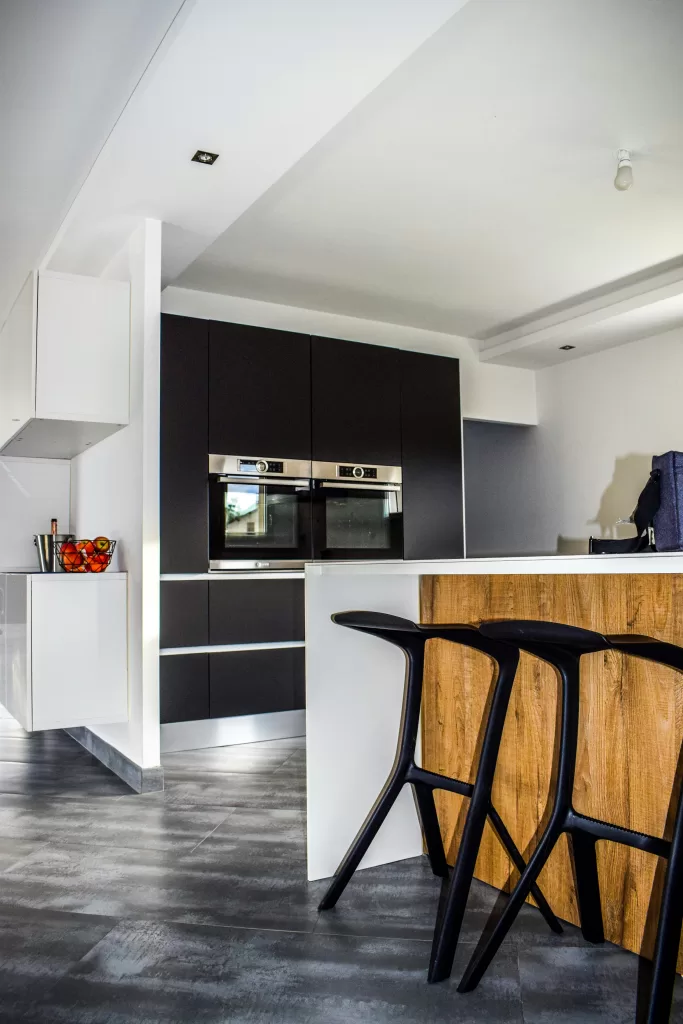Smart homes and smart technology have revolutionized the way we live. That’s particularly true when it comes to people’s homes. Not very long ago, home automation was a futuristic concept few people thought would ever become a reality. Now, it’s essentially a mainstream concept. Many people have at least a few smart features in their homes these days, even if they’re limited to virtual assistants and voice-activated searches for their favorite shows via their streaming devices.

5 Amazing Money Saving Tips For Lower Cost Smart Homes
Taking Smart Technology Even Further
Quite a few people are interested in transitioning to a smart home at this point. Some feel it lies a bit outside their budgets, though. Many believe that incorporating smart technology into a home is a significant investment that’s only within reach for the fairly wealthy. Can people with average income afford a Smart House? In reality, it may not be as far out of reach as you think.
Exploring the Cost of a Smart Home
First of all, take a look at the basic initial costs involved in creating a smart home. As you might imagine, the devices needed to make the transition are the most significant. Those range from thermostats and lighting to security and entertainment systems. New possibilities are constantly emerging. Another expense to consider is having those devices installed and set up. That can be quite costly as well.
It’s also important to point out that if your home isn’t already equipped for smart technology, retrofitting could be a considerable expense. After all, the electrical system, certain fixtures, and other components may need to be upgraded or replaced to allow you to use all those smart devices. In some cases, it’s less costly to have smart technology incorporated into a new home than it is to bring them in after the fact.
In addition to the initial costs of transitioning to a smart home, there are ongoing expenses to consider. As is the case with most technology, the devices you initially have installed could soon need upgrades or updates. They may even become altogether obsolete. If that happens, you’ll need to replace them. Beyond that, maintenance is likely to come into play to keep your connected devices working properly.
Obviously, the cost of internet service enters the mix as well. Furthermore, many smart devices require subscriptions. That can further increase the cost of having a smart home. All those factors come together to determine just how much it’ll cost you to fully enjoy the fun and convenience of smart technology.

Making a Smart Home More Affordable
Having said all that, there are ways to minimize the cost of a smart home. For one, you could limit the number of devices you add to your home. Think about which smart features you want the most, and start with them. That’ll help reduce the cost of the devices, installation, maintenance, and subscriptions. You can always add more over time as your budget allows.
It’s also possible to install some smart devices on your own without professional intervention. That could further lower the cost. Remember that smart devices are available in different price ranges as well. Opting for more affordable devices rather than their high-end counterparts may be all you need to be able to take advantage of smart technology on a budget.

Enjoying the Benefits of Smart Technology
In short, transitioning to a smart home can certainly be expensive. Still, it’s possible to make the switch even on a budget. Just how much a smart home will cost you depends on the number of smart devices you bring in, which devices you choose, and which ones require subscriptions. Taking a minimalistic approach, at least to start with, could greatly reduce your expenses without forcing you to forgo the advantages of smart technology.
